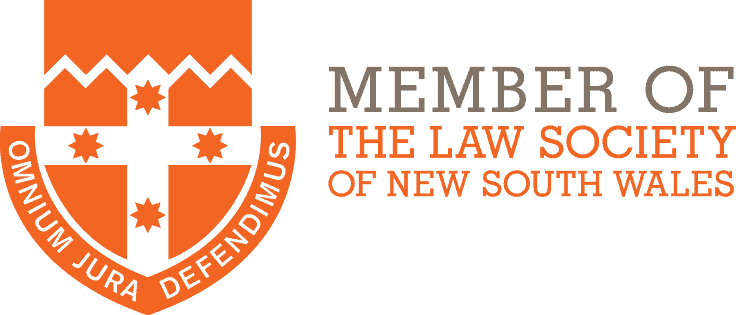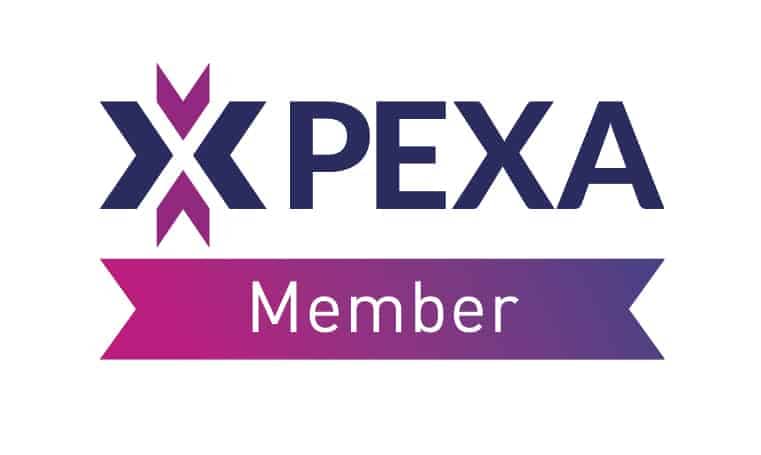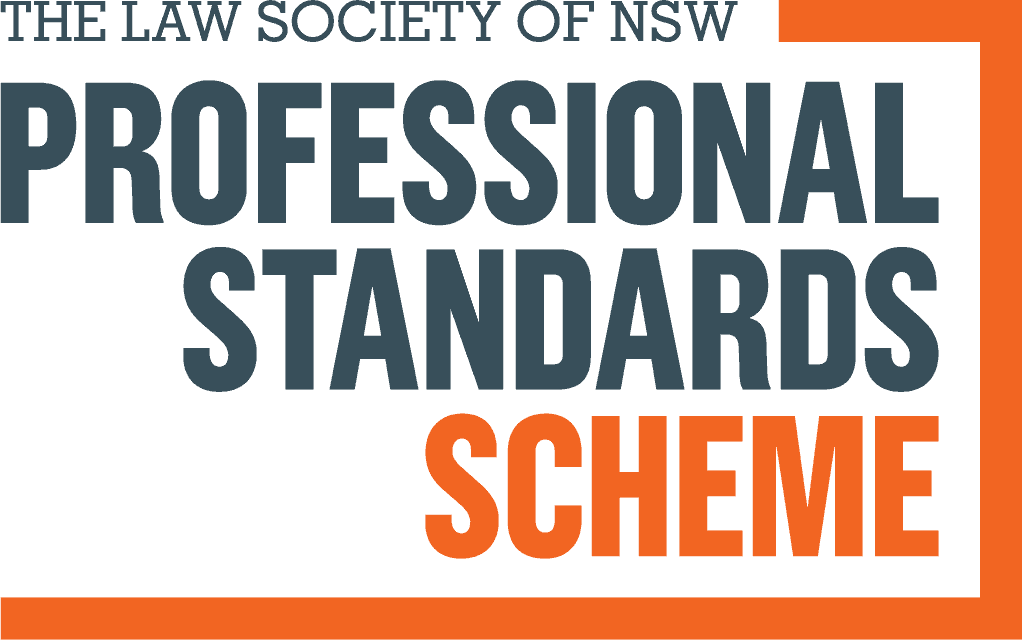On this page:

When a loved one passes away leaving a significant estate, an application must generally be made to the Supreme Court of NSW before the estate’s asset-holders will release them to the executor to pay the estate’s debts and distribute the balance.
If the deceased made a Will appointing you as an executor, you may have to apply for a grant of probate.
Executors in NSW
An Executor is the person appointed in a Will to ensure that the wishes of the will maker (the testator) are carried out in accordance with their Will.
An Executor’s duties include:
- making funeral arrangements;
- identifying and paying debts and tax from the assets;
- identifying the deceased’s assets and ensuring their security;
- applying to the Supreme Court of NSW for a grant of Probate (if required); and
- distributing the balance of the assets in accordance with the deceased’s Will.
The process in carrying out the Executor role.
The deceased’s assets are frozen until Probate has been granted. An Executor can access the deceased’s bank account only to pay funeral expenses and court fees relating to the grant of Probate.
An application for Probate, setting out the deceased’s assets and liabilities, their values, and other evidence relating to the death and the Will, is prepared and filed with the Supreme Court of NSW. If the court is satisfied that the application relates to the deceased’s last Will, and is supported by evidence, it will generally grant Probate.
After Probate is granted, the Executor can administer the estate, obtaining monies from financial institutions, selling or transferring property, paying debts and tax and distributing the proceeds of the estate in accordance with the Will.
Before distributing the deceased’s assets, the Executor should also:
- obtain expert accounting advice as to the estate’s tax liabilities, including Capital Gains Tax. The Executor could be personally liable for any unpaid tax.
- post a notice on the court website that he or she is going to distribute the assets of the estate and giving anyone who believes they have a claim on the estate one month to make the claim. The law protects an Executor who posts such a notice from claims by creditors and other claimants of whom the Executor is unaware at the time of distribution. However, claims may be made against the beneficiaries (including the Executor if he or she is also a beneficiary) of the estate.
The Executor’s role
Managing and administering an estate includes carrying out the deceased person’s wishes set out in the Will.
The Executor manages and protects estate assets, ensuring all estate liabilities are paid, and protecting the interests of the estate and its beneficiaries.
Refusal to act as Executor
An Executor can refuse to accept the position of executor. If the decision to not act as Executor is made after Probate is granted, the Executor must obtain the court’s consent.
Trustee duties
Executors also take on the role of Trustee of an estate. Trustees’ duties include to:
- act personally;
- act unanimously where there are multiple trustees;
- act in good faith;
- consider how, to whom and when distributions should be made;
- not be dictated to by others; and
- avoid fettering any discretion they have.
Duty to act personally
Executors have a duty to act personally in the administration of an estate. If there are multiple Executors, they should consult with each other.
Executors can delegate some of the actions and tasks for an estate. Section 53 of the Trustee Act 1925 (NSW) directs that trustees may employ agents (who can be paid from the estate) to carry out part of the estate administration .
Executors often employ solicitors to obtain a Grant of Probate and administer the estate. However, delegation of tasks does not absolve an Executor of their responsibilities.
Duty to not fetter discretion
If there is more than one Executor, decisions must be reached jointly, by majority or unanimously, as specified in the Will. All co-executors must co-sign and jointly consent to administrative decisions.
Payment
Sometimes an Executor can be paid for carrying out the role following an application to the Court. However, receiving a benefit under the Will is usually presumed to be payment.
What is a grant of probate?
In NSW, a grant of probate is a legal document issued by the Supreme Court of NSW authorising an executor to follow the provisions of the Will in managing a deceased estate.
The executor gives a certified copy of the grant of probate to the estate’s asset holders who then transfer the assets to the executor or beneficiaries named in the Will.
The Court can grant probate only for assets in New South Wales. In some instances, only a reseal of the NSW grant may be required for assets located outside NSW. Otherwise, the executor may have to an apply for probate to another State or country’s court.
Must I obtain a grant of probate?
If the estate assets are of minimal value, an asset holder may release assets without a requiring a grant of probate.
Assets held by the deceased as a co-owner with a surviving beneficiary when no one owner owns distinct shares of the property (“joint tenants”) do not require a grant of probate: the property automatically passes to the surviving joint owner.
A grant of probate is required if the deceased owned real estate in their sole name or as a tenant in common (i.e. as a distinct share) with one or more surviving beneficiarys.
What are asset holders' requirements to release assets?
Asset holders differ in their requirements for releasing assets. An asset holder may agree to transfer the assets without a grant of probate if the executor gives them documents such as:
- a certified copy of the death certificate;
- a certified copy of the Will;
- a declaration by the beneficiary as to their entitlement;
- an indemnity by the executor (in case there is a later claim on the estate).
Proceeds of a life insurance policy may not be considered part of the estate. Superannuation is not part of the estate. A superannuation fund or life insurer may nonetheless require probate before they will decide who is entitled to superannuation or insurance proceeds.
What is the timeline for lodging an application?
A probate application should be filed within 6 months after the death of the deceased.
Who can apply?
Probate can only be applied for if the will-maker (“the testator”) has nominated an executor in the Will. If no executor has been nominated, a beneficiary named in the Will can apply for Letters of Administration with the Will annexed.
A testator may nominate an executor as their first choice (“the instituted executor”) and an alternate executor (“the substitute executor“) in case the instituted executor predeceases them or is unable or unwilling to act.
What if I don't want to be the executor?
If an executor appointed in a will is unwilling to take on the role, they can renounce probate and any remaining executor can apply.
An executor cannot renounce probate after a grant has been made unless the Court revokes the grant.
An executor may delegate their duties only to the NSW Trustee and Guardian or to a trustee company.
What if I can only find a copy of a will?
If the original will cannot be found but there is a copy believed to be the deceased’s last will, the executor named in the copy may apply for probate. They must conduct searches for and make enquiries about the Will and may have to file evidence showing that the deceased did not intend to revoke the Will.
Can I get probate of a will which fails to meet the formal requirements?
Can I put a grant of probate on hold?
Anyone with an interest in a deceased estate can file a caveat which prevents the Court from issuing a grant of probate for 6 months.
A caveat can be removed if the Court finds for example that:
- the caveator has no standing; or
- there is no real dispute as to the Will’s validity.
What is a Probate Requisition?
The Supreme Court of NSW has exacting requirements for a probate application to be complete and accurate. If the application is incomplete or inaccurate, the Court will issue a probate requisition which notifies the applicant that they have not fulfilled at least one of the requirements of the application. There can be considerable delays until the requisition is satisfied.
A requisition may force the executor to file further documents with the court or amend existing documentation. It may be issued if the Court needs further information to clarify some aspect of the application.
Fees may be payable when lodging additional documentation.
How can I avoid getting a probate requisition?
If you are unfamiliar with the process of obtaining a grant of probate, it can be difficult to correctly complete the documentation. We highly recommend that you consult an experienced solicitor to avoid mistakes.
Reseal of Probate in NSW
What is a reseal of probate?
Probate laws differ between states and countries. Assets located outside NSW usually cannot be dealt with under a NSW grant of probate.
A reseal of probate is an application to another state’s Supreme Court to have a NSW grant of probate recognised in that other state. It allows the executor to deal with estate assets located in that other state.
Why get a reseal of probate?
A reseal of probate is proof that the named executor or administrator is authorised to deal with the estate’s assets. The asset holder may require the grant before releasing the asset.
What is the effect of a reseal?
An asset holder must accept a resealed foreign grant as if it had been made by that state’s Court. The executor can then gather in and distribute to beneficiaries the deceased’s assets located in that state.
Must I get a reseal?
Depending on the type, size and value of the assets located in another state, you may be exempted from the requirement to obtain a reseal by signing a declaration and/or indemnity. Each asset holder will have different requirements, including proof of the original grant and death certificate.
Shares may be released or transferred without the grant having to be resealed if it has been issued in Australia and a section 1071B statement is completed.
How do I get a reseal?
By filing in the Supreme Court of NSW documents annexing information required by the legislation and court rules and advertising online via the Court’s website

Administration of a deceased estate
With extensive experience in probate and estate administration, we can advise, support and guide you through the estate administration process.
We can ease your burden at this stressful time by:
- advising organisations of your loved-one’s passing;
- applying to the Supreme Court of NSW for a grant of probate;
- providing asset holders with the documents required to release estate assets; and
- gathering in the assets, paying debts, then distributing the balance to the beneficiaries in accordance with the Will.
What is Transmission of Estate Assets?
The executor (if there is a Will) or administrator (if there is no Will) is responsible for the administration of the deceased estate’s assets in a timely manner in accordance with the Will. For simplicity, hereafter we refer to the executor or administrator as the legal personal representative (LPR).
Before the LPR can deal with the estate assets, they may need to be transferred to the LPR. If the deceased owned property in NSW, the LPR must lodge a transmission application in NSW, by which the deceased estate’s assets are transferred to the LPR or to the beneficiaries named in the will.
A transmission application transfers property of a deceased sole proprietor or a tenant in common of real property.
Depending on the circumstances, a Transmission to Beneficiary or a Transmission to Executor may be lodged.
A transmission application in NSW can be lodged electronically through an Electronic Lodgment Network Operator (ELNO) like PEXA or Sympli. However, a lawyer must lodge their transmission application with the NSW Land Registry Services for them.
The LPR must also provide to their lawyer:
- details of the property
- original or certified copy of the Grant of Probate or Letters of Administration; and
- address for service of notices for the electronic notice of sale (eNOS)
If the LPR has received property from a deceased estate “in accordance with the terms of the will” the estate pays $50 transfer duty.
Other information the LPR must provide when lodging a Transmission to Beneficiary include:
- Grantee Details (Executor, Executor by Representation, Administrator, or Trustee)
- Details of Death
- Notice of Sale
- Written permission from the Grantee
If NSW Land Registry Services is satisfied with the LPR’s submitted transmission application, they will update the title in the name of the devisee, beneficiary or next-of-kin.
Form 03AE is used to record the nominated executor, administrator, or trustee of a deceased estate. All the properties or share of properties of the deceased are transferred to the LPR.
When lodging a Transmission to Executor the LPR must provide:
- Details of Death; and
- Evidence Details.
An Application for Transmission to Executor does not require payment of stamp duty. The LPR may lodge an application after filling out the necessary form and preparing all the required attachments.
Once transferred, the LPR may distribute the property to the beneficiaries, make decisions about dealings relating to the property, or sell the property.




